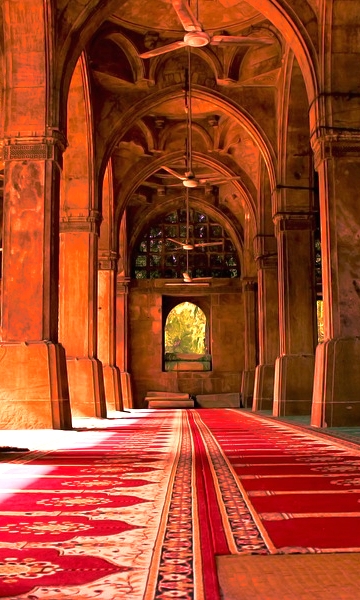Did you think that only Western cities were getting smart? Wrong! This article presents a number of smart and sustainable initiatives from Ahmedabad, the Indian city that currently ranks 32nd on the list of the world’s smartest cities.
The “Manchester of India” is a multicultural and multifaith city in the Jaipur District, with 7 million inhabitants who work in its booming industrial sector – hence the comparison with Manchester – and take part in its many cultural activities, such as the Kite Festival,
Raksha Bandhan, when brothers and sisters reaffirm their bonds with bracelets, and
Navatri, the festival of divine female energy.
But it’s not all sunshine and roses. Like other large cities, Ahmedabad faces multiple social, economic and environmental problems.
Let’s take a look at what India is doing to turn Ahmedabad into a smart city – a difficult task in this Asian republic, which is still an “emerging” rather than a “developed” country.
Digital India
The government intends to implement over 30 modernisation and digitisation programmes to enhance the development and quality of urban life. A total of 20 cities are involved, including Ahmedabad, which is one of the programme’s pioneers.
One of these programmes is
Digital India, which was launched by the Indian government
to develop and improve digital structure, interconnectivity and technological potential. More specifically, it is a framework programme which comprises nine components, including a programme for public-sector digitisation, online administrative services and public internet access. For this purpose, 150,000 post offices have been converted into multifunctional centres comparable to the Digital Public Spaces in Brussels.
Mobility
It doesn’t do to take too rosy a view, as India’s infrastructure is less developed than that of the West. However, this also means that the authorities have a freer hand.
Ahmedabad is part of the Golden Quadrilateral,
India’s national road development plan, which will cost over 20 billion euros and will in time connect the Arabian Sea with the Bay of Bengal via the country’s four main cities: Mumbai, Delhi, Kolkata and Chennai. This network of major roads is gradually expanding and densifying. At this point in time, it includes all conurbations with more than 1,000 inhabitants, which makes travel much easier between rural and urban areas.
In 2009, Bus Rapid Transport (BRT) was also introduced on the city’s bus network and measures such as dedicated bus lanes and the ability to pay for journeys in advance have improved the flow of traffic. For the time being, there are three “corridors” in various areas of Ahmedabad.
Environment
India is the world’s third-largest energy consumer, yet also has huge renewable-energy potential it fully intends to exploit.
One example is the Sardar Sarovar dam, which supplies four states with drinking water and electricity: Madhya Pradesh, Maharastra, Rajasthan and Gujarat, where Ahmedabad is located. The city has also installed smart water meters which enable people to cut their water consumption, or at least manage it better.
The city has yet another asset: wind power, which is constantly developing. At the end of 2017, Gujarat had generated no less than 5537.4 MW of electricity, an impressive figure which incited the authorities to gradually close down all coal-fired power stations in the area which had been in operation for over 25 years.
The BRT system also helps clean up the city, as its efficiency is reducing air pollution. Other projects such as the City Development Plan and the Comprehensive Mobility Plan have the same target.
